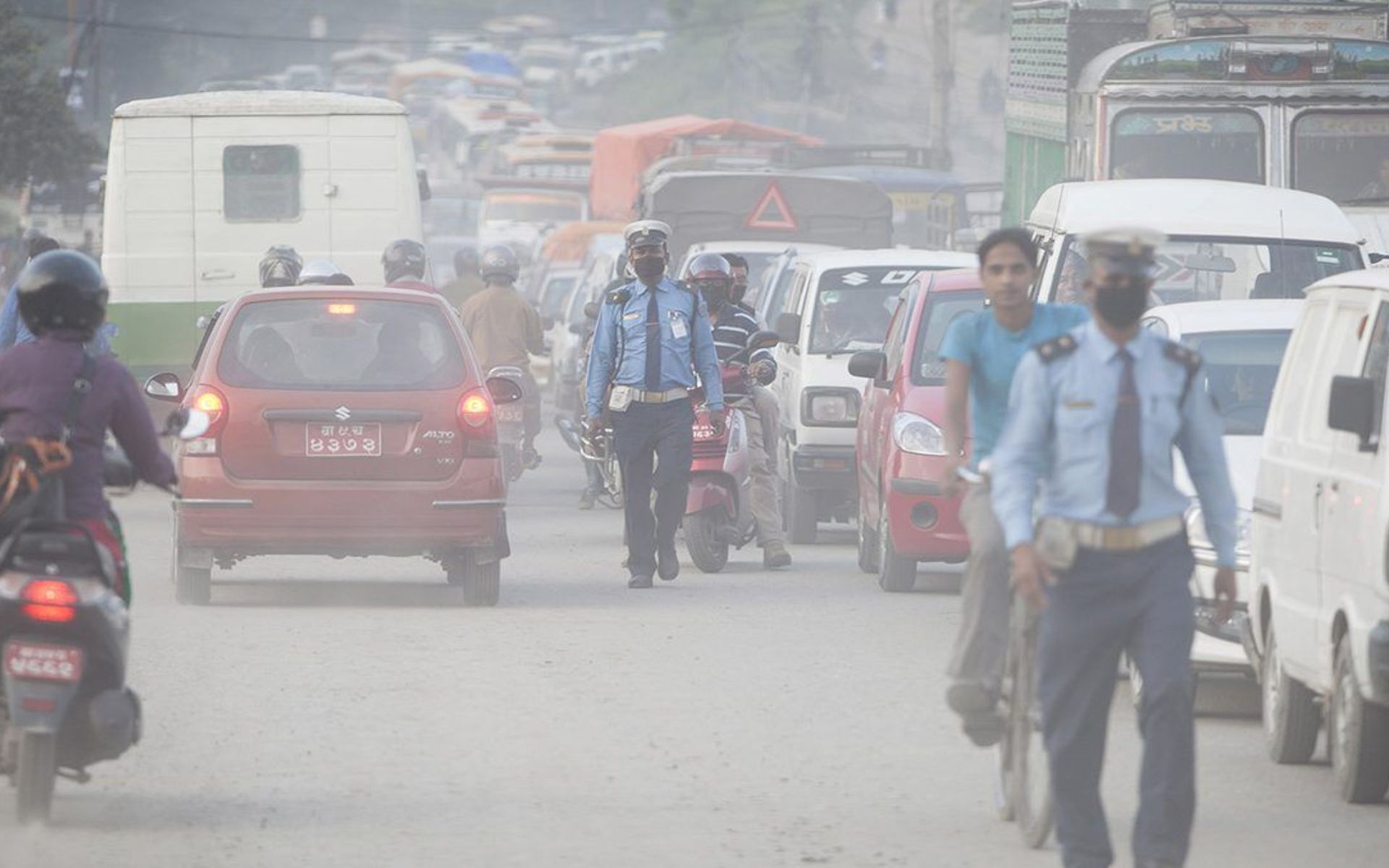

 22.14°C काठमाडौं
22.14°C काठमाडौं

Air pollution doesn’t care about boundaries – as residents across the Indo-Gangetic Plain and Himalayan Foothills (IGP-HF) know all too well. This vast area – spanning Bangladesh, Bhutan, India, Nepal, and Pakistan – is home to about a quarter of the world’s population and shares many features, including some of the world’s highest mountains. Unfortunately, it also shares similar air quality. The region’s geography, topography, and weather patterns influence how pollutants get trapped in the atmosphere – a phenomenon known as an ‘airshed.’ The IGP-HF is one of the most polluted airsheds in the world.
Exposure to air pollution, including fine particulate matter (PM2.5), increases mortality and morbidity, reduces human capital formation and worker productivity, and adversely affects economic activity. Across the IGP-HF, air pollutants originate from a wide variety of sources, including cooking, transport, construction, power generation, industry, heating, garbage burning, agricultural practices, land clearance, and forest fires. Addressing such a complex, cross-border problem requires a comprehensive management approach that encapsulates the entire airshed – with coordination, cooperation, and collaboration at regional, national, and sub-national levels.
To build this airshed approach in the IGP-HF, we must first ensure a stable foundation of national strategies. This includes addressing issues within each country, such as inadequate monitoring of emissions and ambient air, as well as the limited availability of scientific tools needed to generate evidence-based policies.
It is paramount that national control strategies across varied sectors are able to keep pace with the rising levels of air pollution and GHG emissions seen in the IGP-HF. In the transport sector, for instance, the lack of proper exhaust measures, the highly heterogeneous nature of vehicles, and the inferior quality of fuel have been identified as major causes of high emissions. Similarly, in both power plants and small-scale industries across the region, limited regulation results in reliance on several energy sources other than electricity, contributing to increased emissions.
In other parts of the IGP-HF, the household sector is a major emitter. While there is an urgent need to adopt green and renewable energy sources, knowledge and research gaps persist due to the absence of robust air quality monitoring infrastructure and the lack of emission inventories at the city and airshed levels.
An effective regional emission control strategy must be well-coordinated and fully supported by scientific knowledge and research detailing the sources of air pollution. Countries also need to combine proven scientific approaches with technological advancements in an enabling policy environment.
Some countries in the region are developing their National Air Quality Management strategies using a phased, science-based approach, including emissions inventories, source apportionment, policy and financing gap assessments, and the design of implementation and monitoring systems. Institutional frameworks and their capacities are especially important to ensure the successful delivery of strategic interventions for air pollution mitigation.
To take this work forward, a Technical Committee comprising officials nominated from the five IGP-HF countries was formed and convened on 5–6 March 2025 in Kathmandu, Nepal. The Committee put forward suggestions to inform a Platform for Regional Air Quality Management (AQM) aimed at establishing and sustaining cooperation on AQM in the IGP-HF.
This Platform is intended to serve as a tool for national policy alignment and coordinated actions across countries. It has been proposed as a two-tier structure: a Steering Committee of policymakers from the IGP-HF countries, supported by Thematic Technical Working Groups of experts and subject-matter specialists to develop strategies on monitoring, solutions, and financing for regional clean air initiatives.
National strategies for air quality management must adopt a targeted, long-term, evidence-based approach backed by a supportive policy environment, adequate financing, and capable institutions to implement actions. This includes incorporating monitoring and evaluation mechanisms and ensuring the timely delivery of air quality management strategies.
These national planning efforts can be strategically aligned to inform regional initiatives, including those led by the South Asia Co-operative Environment Programme. Such efforts can further facilitate peer-to-peer exchanges, promote South-South learning, highlight adaptable planning models, and strengthen the institutional and financial mechanisms necessary for sustained and impactful implementation.